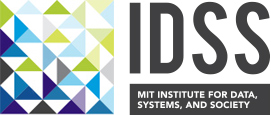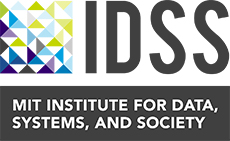Systemic Risk Management and the Financial System
A recurring theme among the many narratives of the financial crisis of 2008 is the complexity of the financial system and the failure of private- and public-sector policies to anticipate and attenuate the crisis. This failure may be a symptom of the emergence of a new type of risk to the financial system—systemic risk—and the growing mismatch between rapidly evolving financial technologies and increasingly antiquated regulations that were never designed to address these challenges. However, technology can also be used to improve regulation.
Prof. Andrew Lo’s research looks at the potential for big data analytics to transform financial regulation, including self-stabilizing capital requirements, machine-learning models for consumer credit risk management, aggregate risk measures that guarantee individual privacy, and the application of software engineering principles to the design and implementation of financial rules and regulations.
The MIT Laboratory for Financial Engineering is actively involved in research that aims to identify methods for measuring and managing risk, both standard and systemic types of risk. Systemic risk can be realized as a series of correlated defaults among financial institutions, occurring over a short time span and triggering a withdrawal of liquidity and widespread loss of confidence in the financial system as a whole. The events of 2007–2009 have demonstrated that panic and runs can affect non-bank entities as well, such as money market funds, insurance companies, hedge funds, government-sponsored enterprises, and broker/dealers. Therefore, the starting point for regulatory reform is to develop formal measures of systemic risk and measures that capture the linkages and vulnerabilities of the entire financial system—not just those of the banking industry—with which we can monitor and regulate the overall level of risk to the system and its ties to the real economy.
The paper “Econometric Measures of Connectedness and Systemic Risk in the Finance and Insurance Sectors” proposes several econometric measures of connectedness, and applies them to the monthly returns of hedge funds, banks, broker/dealers, and insurance companies. The study finds that all four sectors have become interrelated into a complex system of networks over the past decade—likely increasing the level of systemic risk in the finance and insurance industries. The results also suggest banks play a much more important role in transmitting shocks than other financial institutions.



